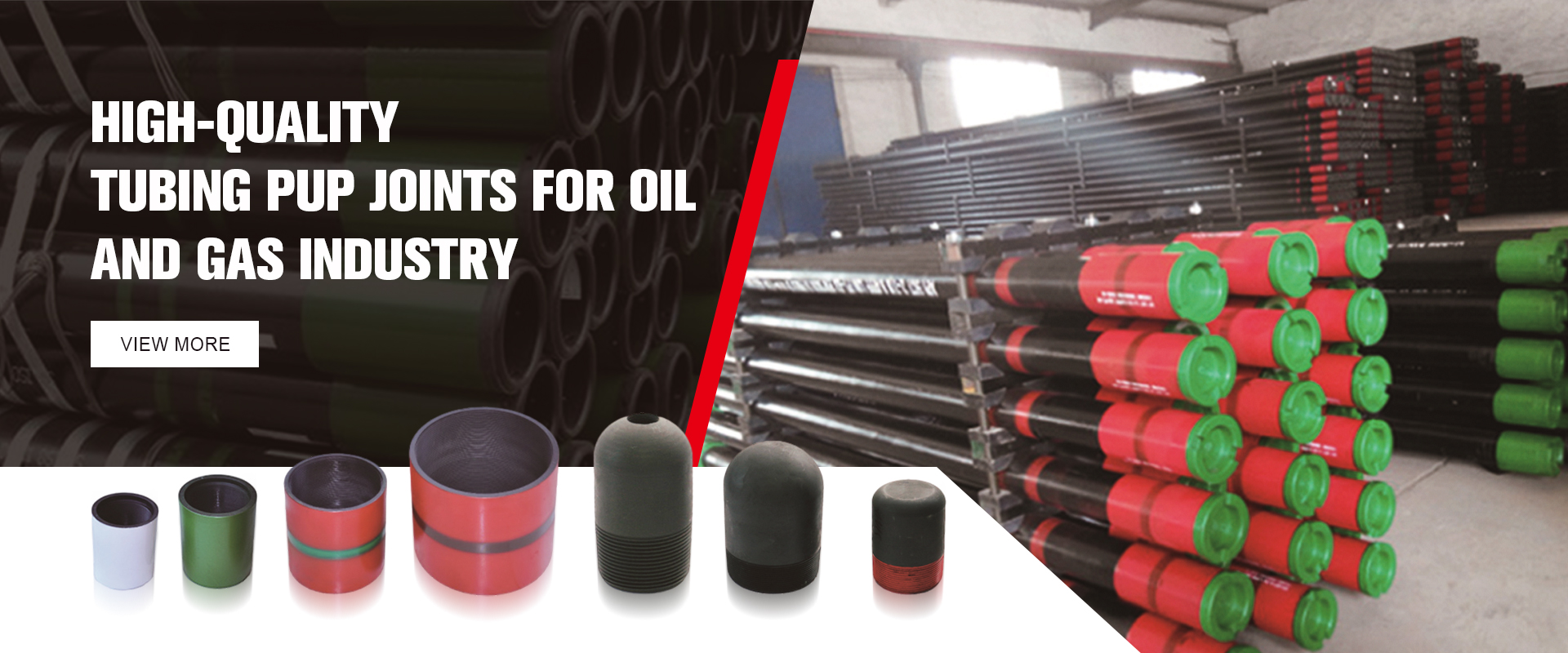- Afrikaans
- Albanian
- Amharic
- Arabic
- Armenian
- Azerbaijani
- Basque
- Belarusian
- Bengali
- Bosnian
- Bulgarian
- Catalan
- Cebuano
- Corsican
- Croatian
- Czech
- Danish
- Dutch
- English
- Esperanto
- Estonian
- Finnish
- French
- Frisian
- Galician
- Georgian
- German
- Greek
- Gujarati
- Haitian Creole
- hausa
- hawaiian
- Hebrew
- Hindi
- Miao
- Hungarian
- Icelandic
- igbo
- Indonesian
- irish
- Italian
- Japanese
- Javanese
- Kannada
- kazakh
- Khmer
- Rwandese
- Korean
- Kurdish
- Kyrgyz
- Lao
- Latin
- Latvian
- Lithuanian
- Luxembourgish
- Macedonian
- Malgashi
- Malay
- Malayalam
- Maltese
- Maori
- Marathi
- Mongolian
- Myanmar
- Nepali
- Norwegian
- Norwegian
- Occitan
- Pashto
- Persian
- Polish
- Portuguese
- Punjabi
- Romanian
- Russian
- Samoan
- Scottish Gaelic
- Serbian
- Sesotho
- Shona
- Sindhi
- Sinhala
- Slovak
- Slovenian
- Somali
- Spanish
- Sundanese
- Swahili
- Swedish
- Tagalog
- Tajik
- Tamil
- Tatar
- Telugu
- Thai
- Turkish
- Turkmen
- Ukrainian
- Urdu
- Uighur
- Uzbek
- Vietnamese
- Welsh
- Bantu
- Yiddish
- Yoruba
- Zulu
what is the difference between casing and tubing?
Understanding the Difference Between Casing and Tubing in Oil and Gas Drilling
In the oil and gas industry, the terms casing and tubing are fundamental components of drilling operations, yet they refer to distinctly different aspects of well construction and management. Understanding these differences is crucial for anyone involved in or studying petroleum engineering, as well as for those interested in the intricacies of the oil and gas extraction process.
Casing The Structure of Support and Protection
Casing is a series of large-diameter pipes that are installed in the wellbore after drilling has been completed. The primary purpose of casing is to stabilize the wellbore and prevent the surrounding rock from collapsing into the well. This structural integrity is vital for maintaining a safe operating environment during drilling and production.
Moreover, casing serves multiple functions. It protects groundwater aquifers from contamination by isolating them from the hydrocarbons being extracted, and it also serves as a conduit for the flow of fluids, including drilling mud during the drilling phase and oil or gas during production. Casing is typically made from steel and comes in various grades and sizes, depending on the depth of the well and the geological conditions encountered.
There are different types of casing, including surface casing, intermediate casing, and production casing, each serving specific purposes. For example, surface casing is installed first to stabilize the upper section of the well and protect water supplies, while production casing is set much deeper to transport produced hydrocarbons to the surface.
Tubing The Conduit for Production
In contrast, tubing is a smaller diameter pipe inserted into the well casing after the completion of the well. Its primary function is to transport the oil or gas from the reservoir to the surface. Unlike casing, which serves a structural role, tubing’s primary role is fluid transportation. Tubing is designed to handle the pressures and temperatures associated with the production process, making it essential for ensuring the efficient extraction of hydrocarbons.
Tubing is also crucial for injection wells, where substances such as water, steam, or gas are injected into the reservoir to facilitate recovery. The tubing must be strong enough to withstand these conditions, and it typically has an inner coating to protect against corrosive elements that may be present in the produced fluids.
what is the difference between casing and tubing?

While casing remains permanently in place, tubing can be removed and replaced as needed, making maintenance and repair processes more manageable. This flexibility is important because it allows for adjustments in production techniques and the replacement of damaged or worn-out tubing as the well’s conditions change over time.
Key Differences Summary
The key differences between casing and tubing can be summarized as follows
1. Purpose - Casing Provides structural integrity and protects the wellbore and groundwater. - Tubing Transports oil and gas to the surface.
2. Diameter - Casing Larger diameter to facilitate stability and protection. - Tubing Smaller diameter designed for fluid transport.
3. Installation - Casing Installed after drilling the well. - Tubing Inserted into the casing after the well is completed.
4. Permanence - Casing Remains in place for the life of the well. - Tubing Can be replaced as necessary during production.
5. Material and Design - While both are typically made from steel, tubing may be designed with additional features, such as corrosion-resistant coatings.
In conclusion, casing and tubing play pivotal roles in the oil and gas extraction process, each with distinct functions and characteristics. Understanding these differences is essential for the successful operation and management of oil wells, impacting everything from safety practices to production efficiency. As the oil and gas industry continues to evolve, insights into these components will remain critical for engineers and operators alike.
-
Tubing Pup Joints: Essential Components for Oil and Gas OperationsNewsJul.10,2025
-
Pup Joints: Essential Components for Reliable Drilling OperationsNewsJul.10,2025
-
Pipe Couplings: Connecting Your World EfficientlyNewsJul.10,2025
-
Mastering Oilfield Operations with Quality Tubing and CasingNewsJul.10,2025
-
High-Quality Casing Couplings for Every NeedNewsJul.10,2025
-
Boost Your Drilling Efficiency with Premium Crossover Tools & Seating NipplesNewsJul.10,2025







